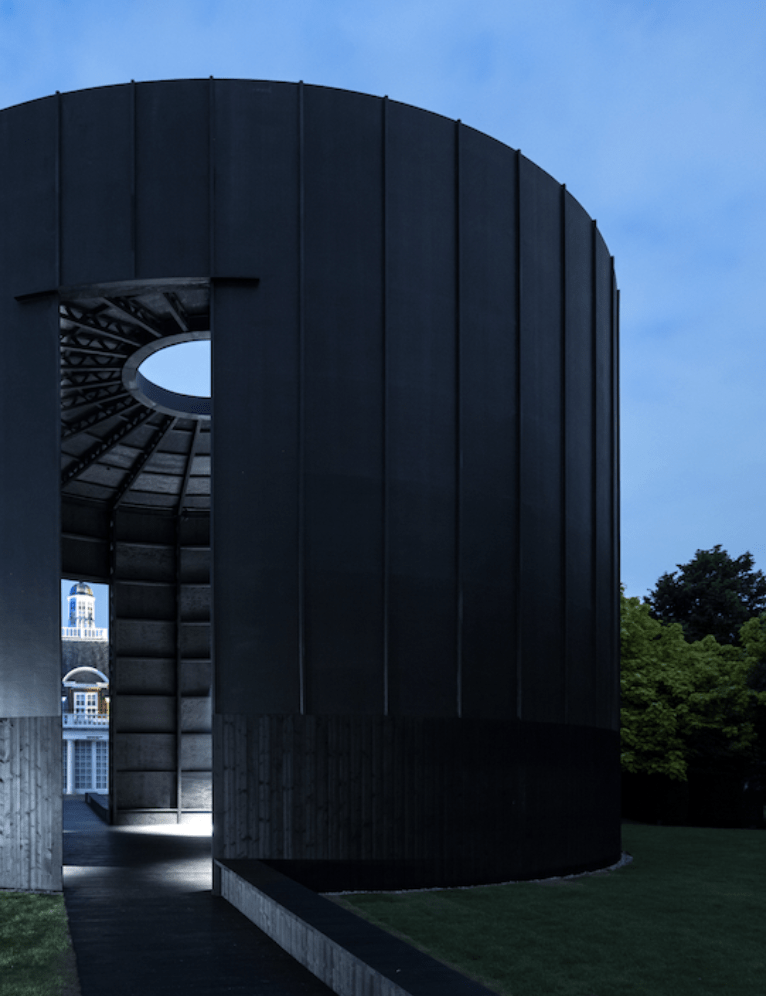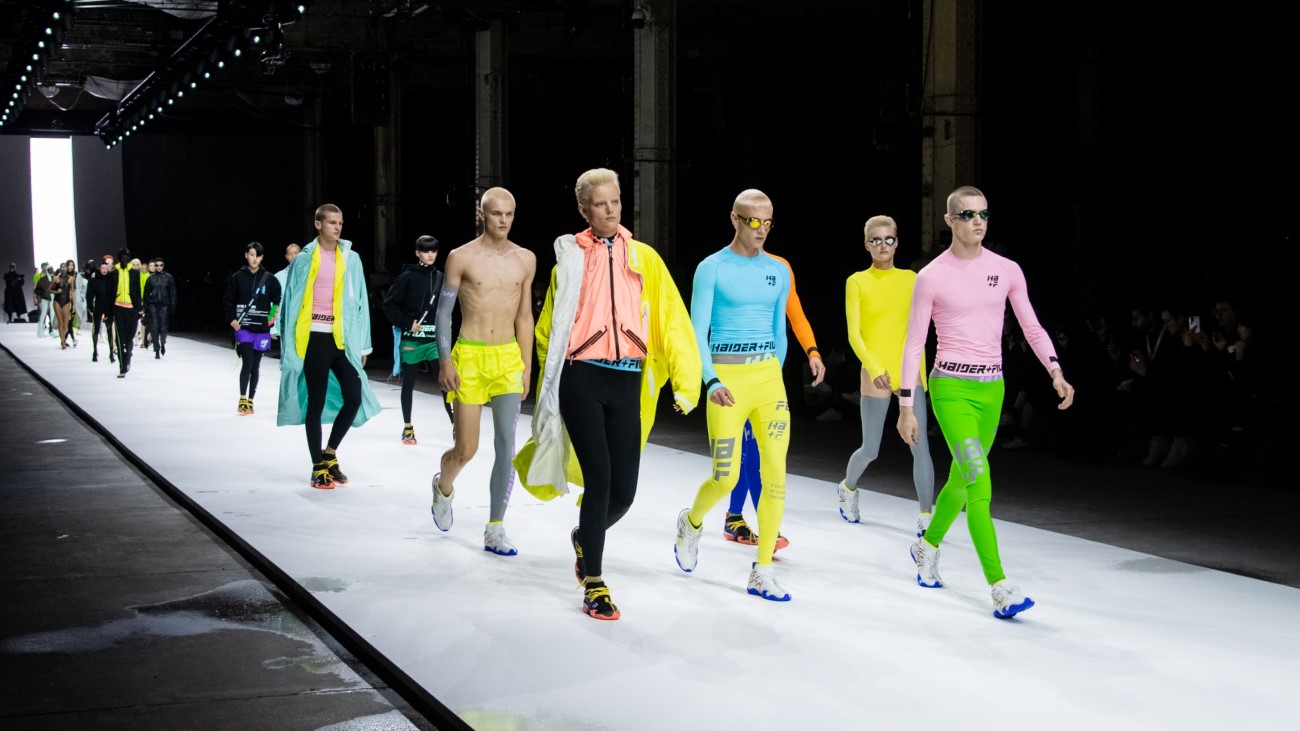The Serpentine Pavilion is at the top of our list this summer. In the 2022 commission, Black Chapel, Theaster Gates reimagines spiritual architecture, hosting music, art and revelation in the middle of London’s Hyde Park.
The American artist Theaster Gates is known for two things: his multidisciplinary career, which combines art with music and social practice; and his use of the colour black. Both are integral to the 2022 Serpentine Pavilion, which Gates designed in collaboration with Adjaye Associates. Open to the public from June 2022 until 16 October, with a diverse programme of events to explore, it is our architectural pick of the moment.


Inside the pavilion, it is quiet and calm, with dark flooring and black walls that reveal the grid of the building’s structure. Light enters the space from a large oculus in the centre of the roof, recalling the ancient structure of the Pantheon and the domes of Byzantine churches. There is a strong sense of the sacred here, an atmosphere or spirituality that recalls religious architectures of many faiths and epochs. Describing his pavilion as a ‘vessel and a container for those who choose to gather’, Gates hopes that Black Chapel will function primarily as a healing space:
"I have always wanted to build spaces that consider the power of sound and music as a healing mechanism and emotive force that allows people to enter a space of deep reflection and deep participation."

The artist’s influences for the project were eclectic, bringing together manufacturing and spiritual traditions from the UK, United States and Africa: ‘The kilns of Stoke-on-Trent, the beehive kilns of the Western United States, monumental spaces like San Pietro and the Roman tempiettos. . . . Musgum mud huts of Cameroon and the Kasubi tombs of Kampala, Uganda’. Merging and simplifying these architectural forms, Gates sought to convey the original functions of these spaces – to amplify sounds and energies.
The sonic possibilities of this architecture are especially important to Gates, who has always worked with music. The pavilion will be activated by a programme of communal activities and events, including performances from London’s most acclaimed Catholic Choir, The Choir of London Oratory, the minimalist composer Sam Beste and Gates’s own band, The Black Monks, who will be joined on stage by Corinne Bailey Rae.
Both Gates and the architects wanted to ensure the project was both ethically sourced and sustainable beyond the building’s residency at the Serpentine. They recruited the Design for Freedom project as Responsible Materials Advisor, a group who work to ‘eliminate forced labour from the buildings materials supply chain’. For the engineers, AECOM, their challenge was to eliminate production waste and create something that would live on beyond the summer – all without leaving any trace on the park when the pavilion closes. With the architects, they developed a fully exposed cylindrical structure formed of lightweight timber that requires minimal foundations and which can be deconstructed entirely and built elsewhere.
‘The Pavilion appears very simple from the outside, but looks can be deceptive. Using light-weight timber technology at this scale has required careful analysis, research, mock-ups and physical testing to ensure it performs both at Serpentine and in its future life. With a focus on making the Pavilion entirely demountable, we’ve created a very low carbon structure that will host a diverse and exciting programme of summer events.’


Gates’s pavilion is the 21st pavilion commissioned by the Serpentine, an annual programme that was established in 2000. It invites the world’s leading architects to design their first building in the UK, with luminaries including Zaha Hadid, Frank Gehry and Ocscar Niemeyer. It has been ten years since an artist was invited to design the pavilion – Ai Weiwei’s archaeology-inspired site made in collaboration with Herzog & De Meuron in 2012. Gates’s Black Chapel takes a very different approach from Ai’s space, which was open to the park on all sides. It represents another way of welcoming people. By providing a space for quiet reflection and sonic experimentation, Gates highlights the importance of community and shared remembrance in central London.






